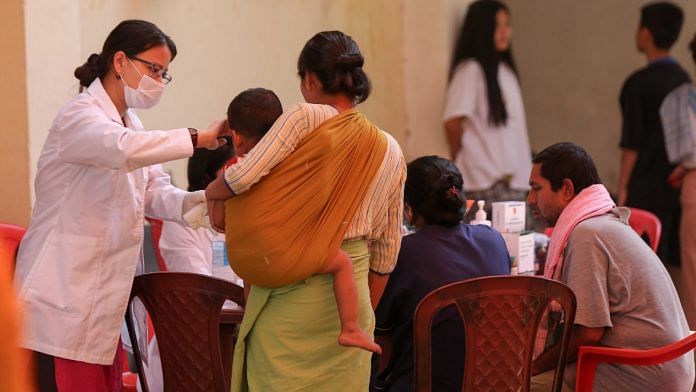Imphal: There is a sense of calm inside the Bir Tikendrajit International airport in Imphal around noon as a thin crowd mills about among a dozen or two personnel of the Manipur Police and Central Reserve Police Force (CRPF).
It’s only once you exit the airport — after filling up a form and getting the Inner Line Permit (ILP), which all non-residents except government officials need to enter the state — that the tension becomes palpable.
About 100 people, mostly members of the Kuki tribe based in and around Imphal, sit outside the terminal building, on bed covers and newspapers. All are waiting to catch a flight out of Manipur.
These fleeing Kuki are among the thousands affected by an episode of ethnic violence last week — primarily between the Kukis and Meiteis — that local residents describe as unprecedented.
It’s been exactly a week since, and both sides find themselves singed and shaken.
No violence has been reported since Saturday, but normalcy remains evasive.
At relief camps and at the airport, people say they want to escape, even if for a short while. While many Kukis told ThePrint that they want to go out of the state, members of Meitei community are not ready to return to their homes in the tribal-dominated Hills yet.
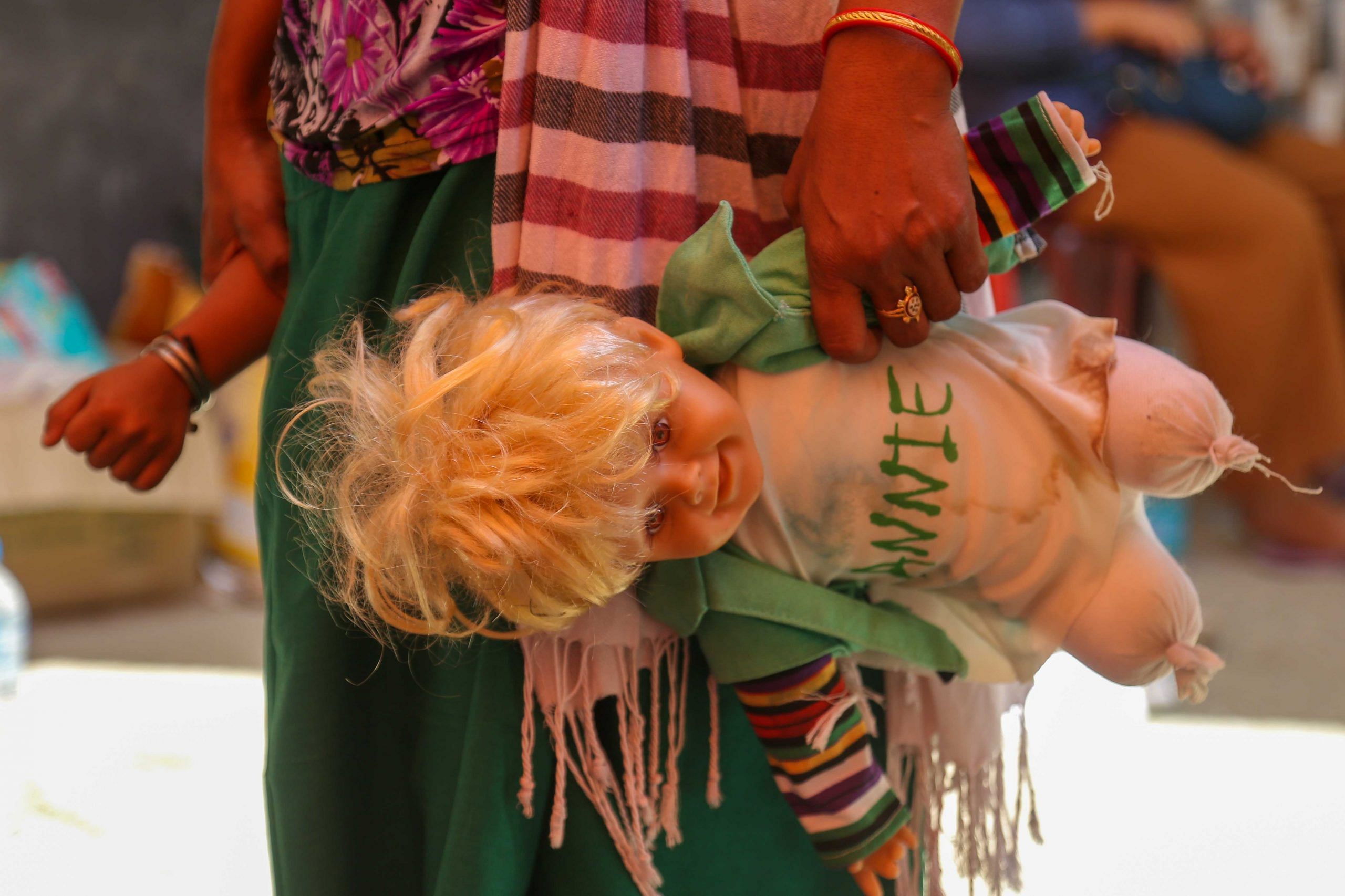
“I am scared,” said Oinam Victoria, 44, a Meitei who works with an NGO associated with the Manipur AIDS Control Society, and was evacuated from her home of 10 years in the Hill district of Churachandpur.
Describing how most of the houses of her Meitei neighbours — and her own — were either burnt or vandalised, she added, “What’s the guarantee that it will not happen again?”
Florence Chingboo, 34, a Kuki central government employee based at Langol in the Imphal valley, recounted a similar experience.
Waiting at the airport with her two-and-a-half-year-old son, husband, parents and in-laws, she said the violence had abated now, but she and her family “are apprehensive about their safety and do not want to take a chance”.
“We are going to Delhi to stay with my sister for some time,” Florence told ThePrint.
Chingboo is the niece of Vungzagin Valte, a BJP MLA, and was seeking shelter at his home on 3 May when he was attacked by a mob. Grievously injured, Valte was flown out of Imphal three days later and is now battling for his life at Delhi’s Apollo Hospital.
“It was only after seeing what happened to my uncle that we decided to leave Manipur for some time,” she said. “On Tuesday morning, we went to the CRPF camp and were brought by them to the airport.”
She, however, reiterated that nothing had happened to her government quarters at Langol, even though some of the nearby houses of Kukis “were vandalised by armed miscreants”.
“Till now, my home is safe and my non-tribal colleagues have been very supportive,” she said. “But I am not sure what will happen tomorrow.”
How the violence began
According to the 2011 Census, Manipur has a population of 28 lakh, of which 15 lakh are Meiteis, around 7-8 lakh are Kukis, while the Nagas and other groups comprise the rest.
Geographically, Manipur can be divided into the Hill and Valley regions.
While the Hills, which form roughly 90 per cent of the state’s area, are dominated by the tribes, the Valley is primarily home to the Meiteis, who accounted for 53 per cent of the state’s population in the 2011 Census.
The two sides have had tense relations over a host of issues primarily stemming from their individual concerns about their position in the state.
The Meiteis are known to dominate the politics of the state, and are accused by the Kukis of monopolising development work.
Meanwhile, the Meiteis allege that they feel like outsiders in their home state, and claim that their numbers are shrinking.
The current spate of tensions is centred on the Meiteis’ demand for Scheduled Tribe (ST) status, which they say is a bid to secure constitutional safeguards for the community.
Currently, the tribal groups, including the Kuki-Zomis and Nagas, are categorised as STs in Manipur, while the Meiteis are not, although the latter claim they historically held tribe status.
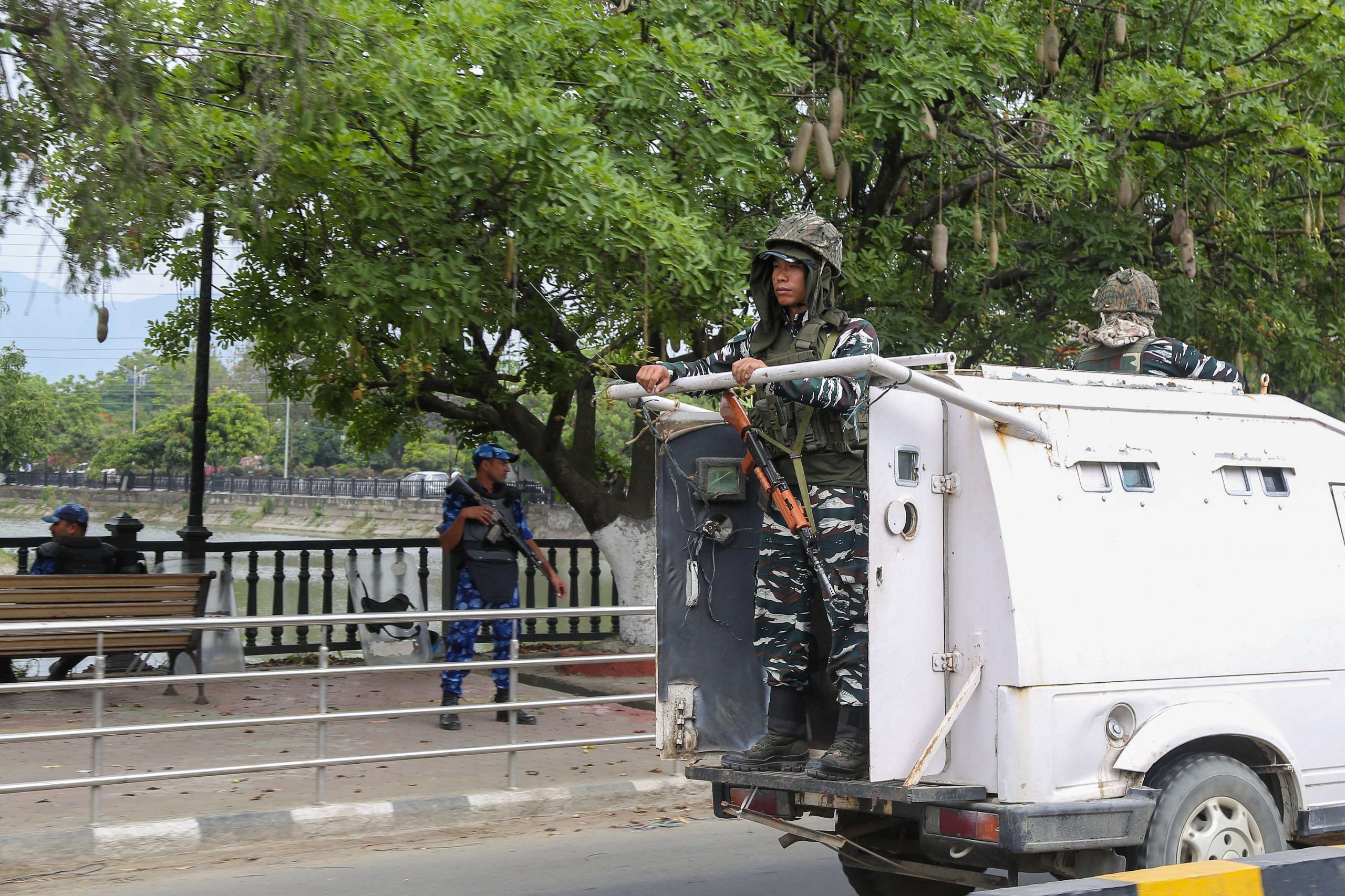
The 3 May violence followed a solidarity march called by the All Tribal Students’ Union of Manipur (ATSUM) to oppose the demand.
The protest came in light of a Manipur High Court order asking the state government to recommend ST status for the Meiteis to the Centre, seen as a green-light to the Meiteis’ demand. The order has since been challenged in the Supreme Court.
Tensions, however, had been simmering for a while.
The Kukis have opposed the state government’s action since February to evict alleged encroachers cultivating poppy in reserved forests. The action of the state government was seen by the tribal Kuki-Zomi groups as targeting them.
The 3 May clashes, which primarily took place between the Meiteis and the Kukis, were marked by arson and vandalism. The official death toll is 50, although unofficial estimates suggest the figure is closer to 60.
Curfew has been imposed and internet suspended in the violence-hit districts, including Imphal, since last week.
In the aftermath of the violence, the state government along with the security forces set up relief camps in several districts for those affected by the violence.
According to state government officials, approximately 20,000 people — mostly Kukis — have been evacuated to relief camps in the Valley areas since 3 May.
Meanwhile, 10,000-11,000 — mostly Meiteis — have been evacuated to relief camps in Hill areas.
Insecurity in the air
State government officials say around 8,000 people have flown out of Imphal, of which over 4,000 are said to be Kukis, and the rest include students from other parts of the country.
Outside the Manipur airport, Hoithem Guite, 23, a member of the Kuki tribe, said she is headed for Guwahati, from where she will go to Nagaland and put up at her relatives’ place.
“My parents want me to go out of Manipur for some time,” said Guite, who is doing her Master’s from Imphal’s Dhanamanjuri University.
With the situation having improved, she added, her parents have stayed back at their native home in Churachandpur.
Meanwhile, many Meiteis say they are reluctant to move out of relief camps and return to their homes in the Hills.
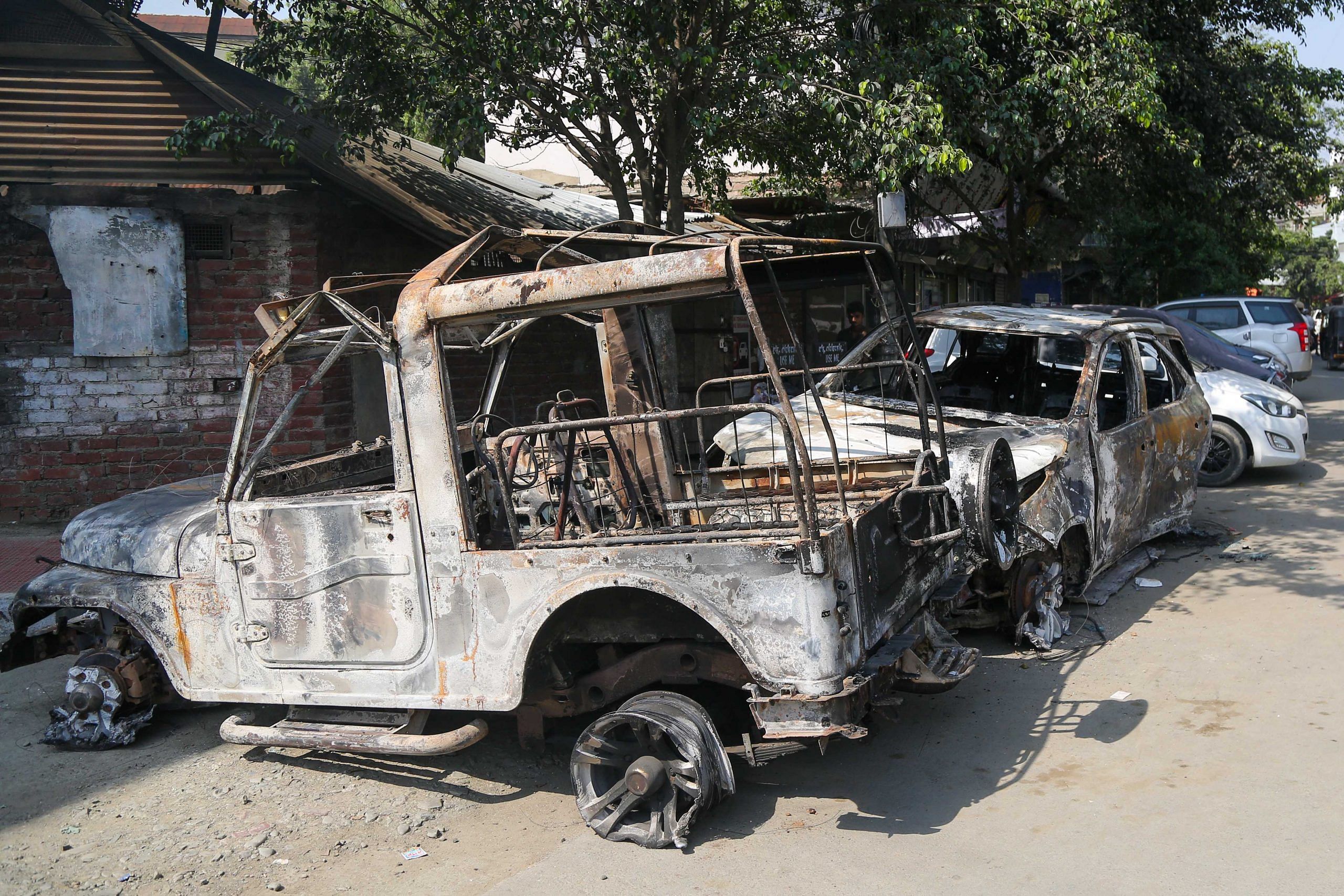
Oinam Victoria, a resident of Zouveng village in Churachandpur, said she, her husband and son were evacuated by the security forces after a mob burnt down their house on 3 May.
She was first taken to the district administration’s office from where she and other Meiteis were brought to the Khuman Lampak Sports Complex in Imphal.
Victoria said the night of 3 May was the kind nightmares are made of.
“As soon as news spread that violence had broken out after the Tribal Solidarity March, I, along with my family and nearby neighbours, hid ourselves in a corner house,” she added.
“We could hear gunfire all around. It was only after the Army reached the village that we came out.”
Tensubam Memme, 34, who has been evacuated from Moreh, one of the first districts to witness violence, said her family had been in the Hills for three generations.
She used to sell ice-cream at Moreh Bazaar until about a week back. Her locality, she said, had many Meitei residents and was at the receiving end of mob violence. “There is nothing left to go back to. The future is so uncertain,” she said.
Memme wants the state government to rehabilitate her family in Imphal.
Khumanthem Diana Devi, East Imphal deputy commissioner, told ThePrint that right now the top priority for the district administration is to remove the fear that has gripped the Meiteis and Kukis.
“We want to build their trust, provide them adequate security and ensure that they return home,” she said.
A state government official, who did not want to be named, said that the distrust between the two communities has widened after the violence.
“While most of the Kukis, who were in relief camps, are preferring to go out of Manipur to neighbouring states of Assam, Tripura, Nagaland and Meghalaya, the Meiteis are staying put in relief camps and are reluctant to return to the Hills,” the official added.
Curfew still on, internet down
The roads along the main thoroughfare of Imphal and elsewhere in the city wear a deserted look, except for five hours in the morning till 11 am, when the curfew is relaxed for people to buy their daily essentials.
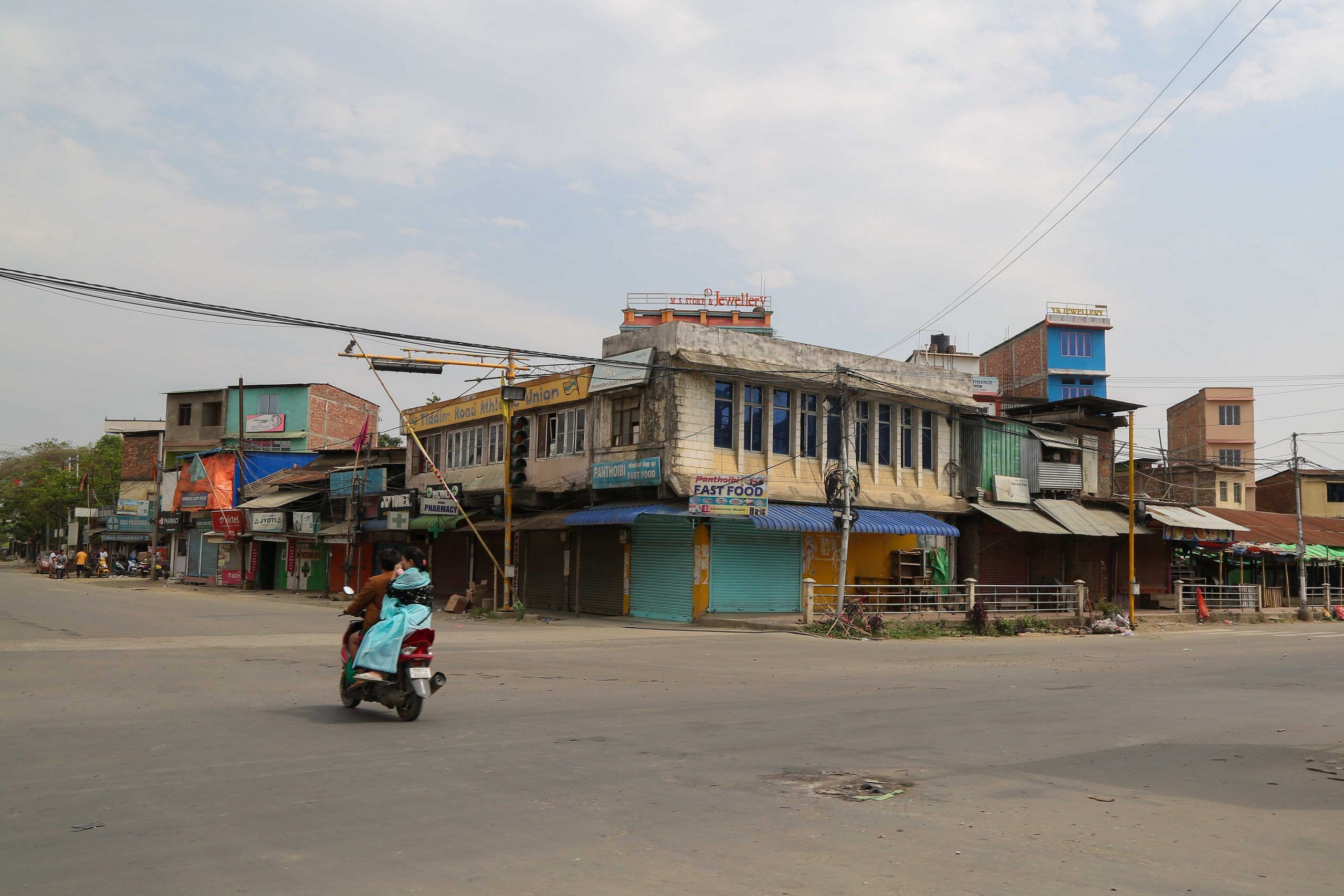
Internet services are also shut in the entire state. Imphal district administration officials said that a decision will be taken soon on lifting the curfew and restoring internet services.
“Imphal is getting back to normal but some tension still prevails in the Hill districts,” the official added.
The curfew has been on for about a week now. Residents admit that the state has witnessed ethnic conflict in the past too but the scale has been unprecedented this time.
“We have not witnessed violence of this scale in a long time. The mistrust between the tribals and non-tribals has widened and there is a need for the state government to hold a dialogue between the different communities and restore peace,” Dr Arambam Noni, assistant professor of political science at the DM University, Manipur.
He added that though a narrative is being built that the tribals have been at the receiving end, the non-tribals living in the Hills have been ëqually hit.
“There has been a mass exodus of non-tribals from the Hills and they are apprehensive to go back.”


